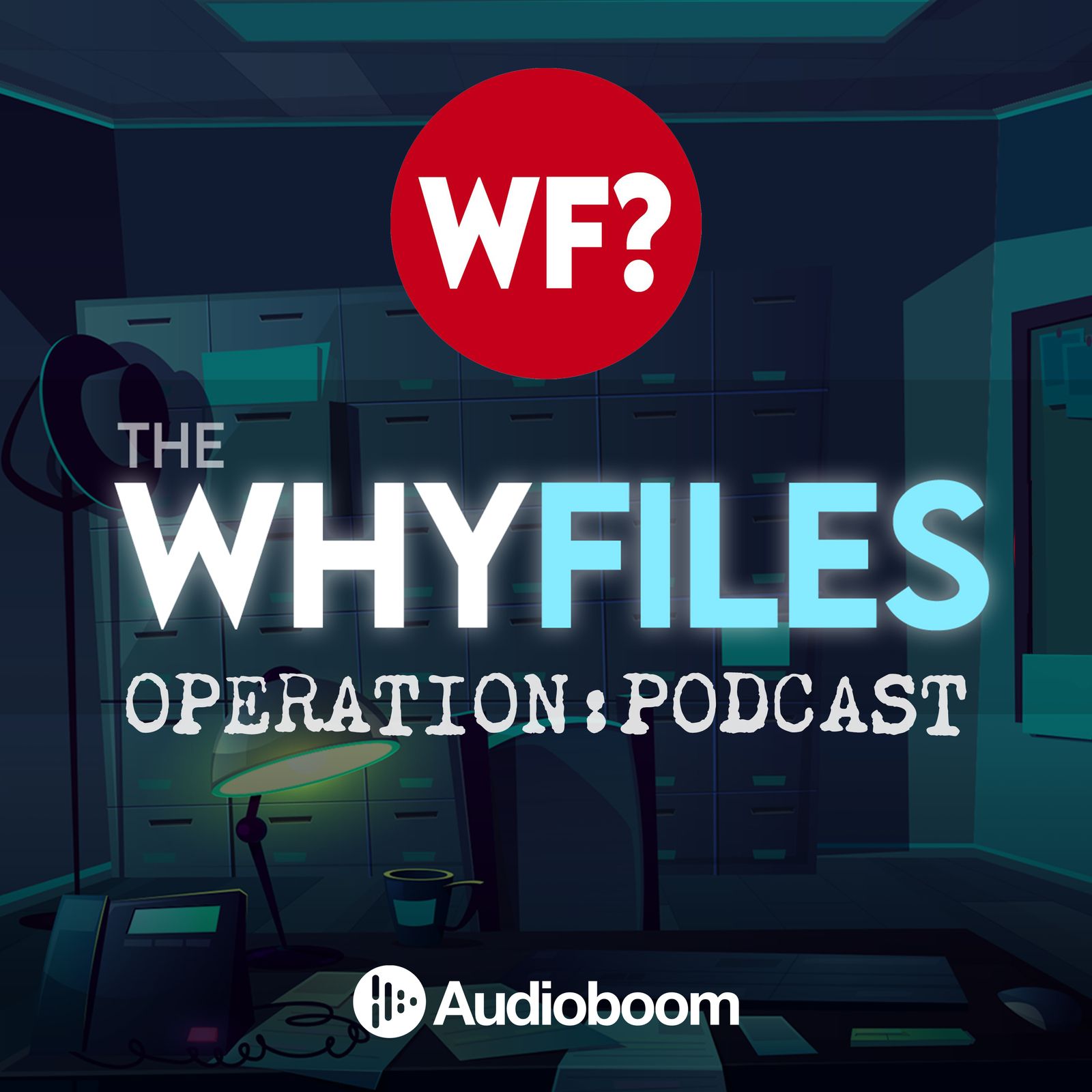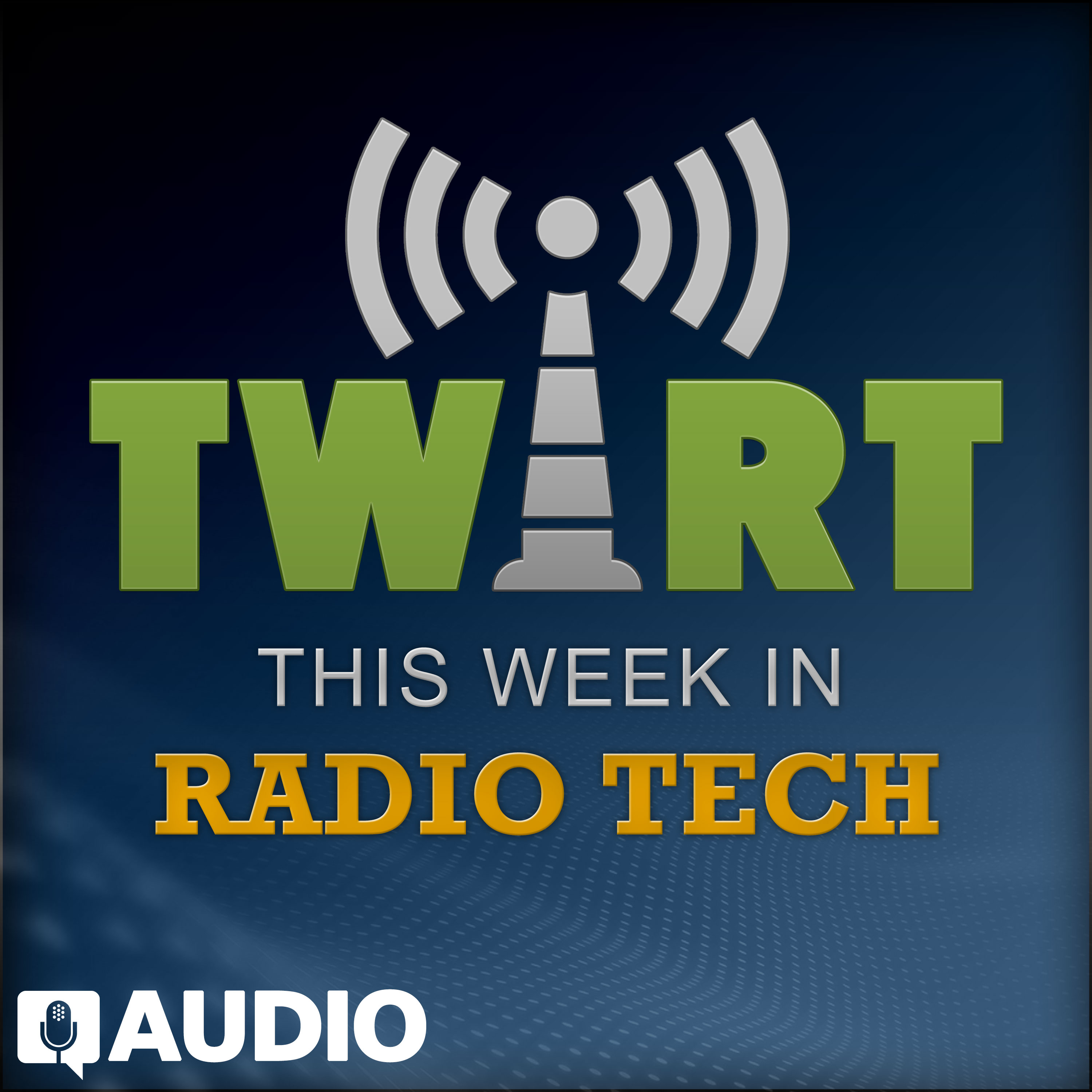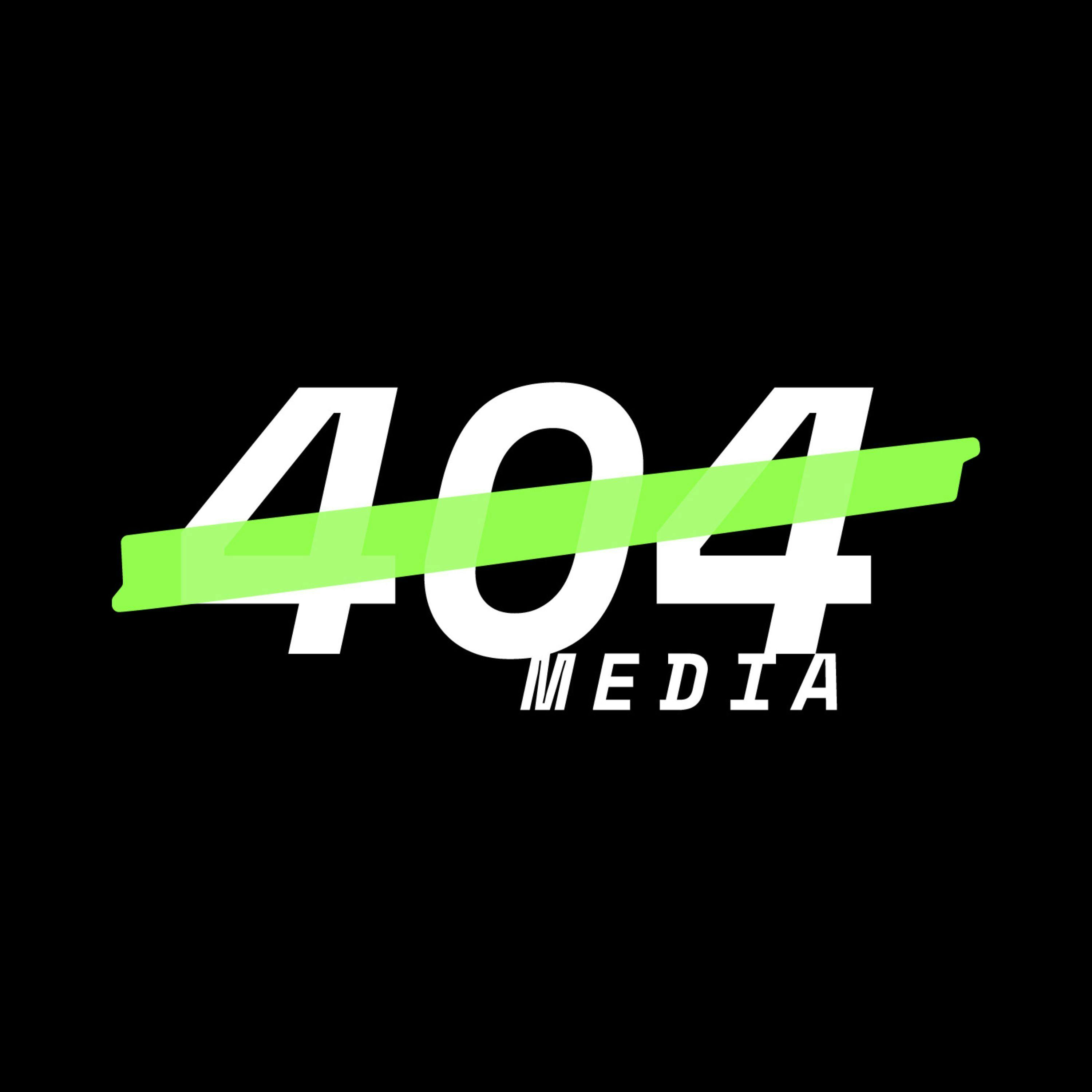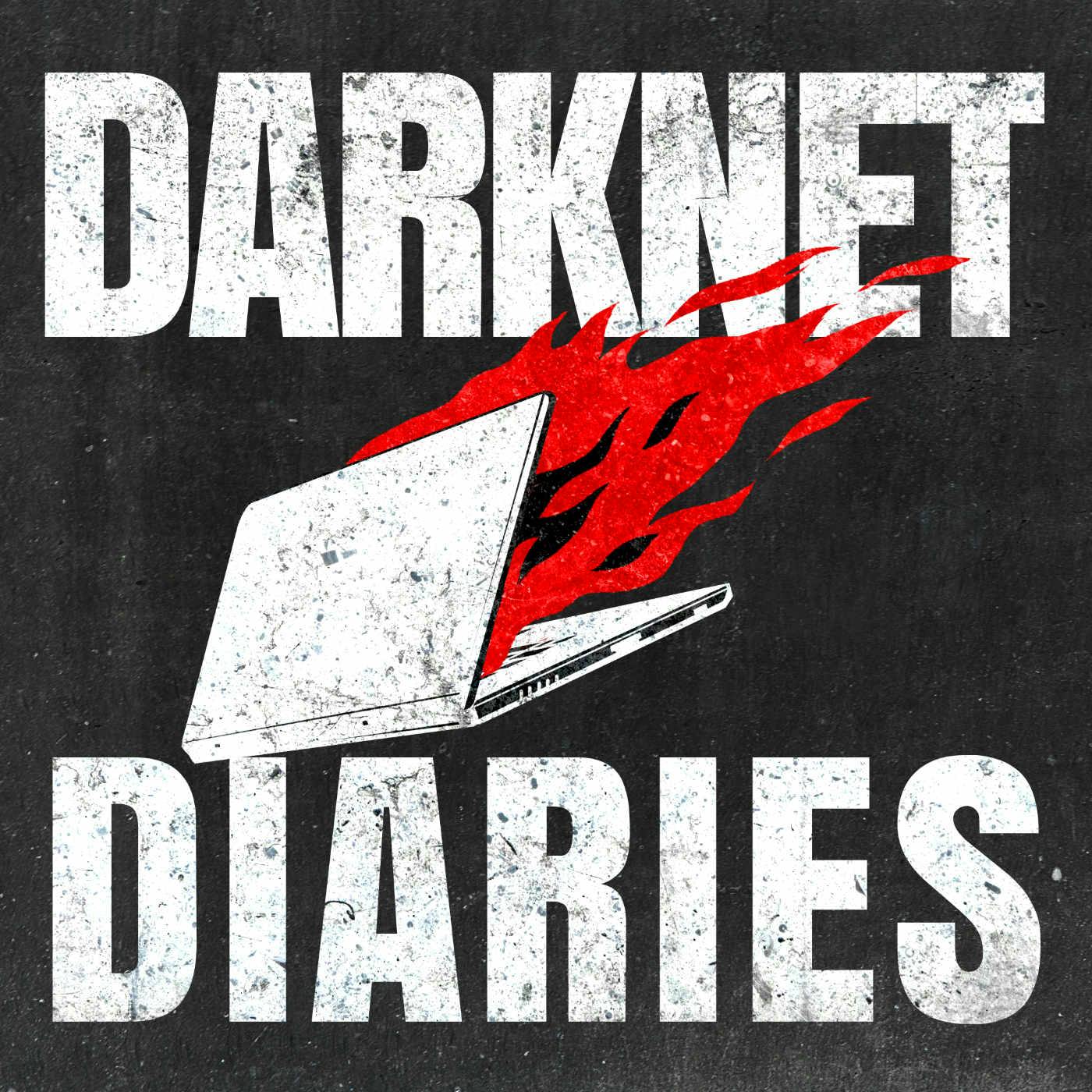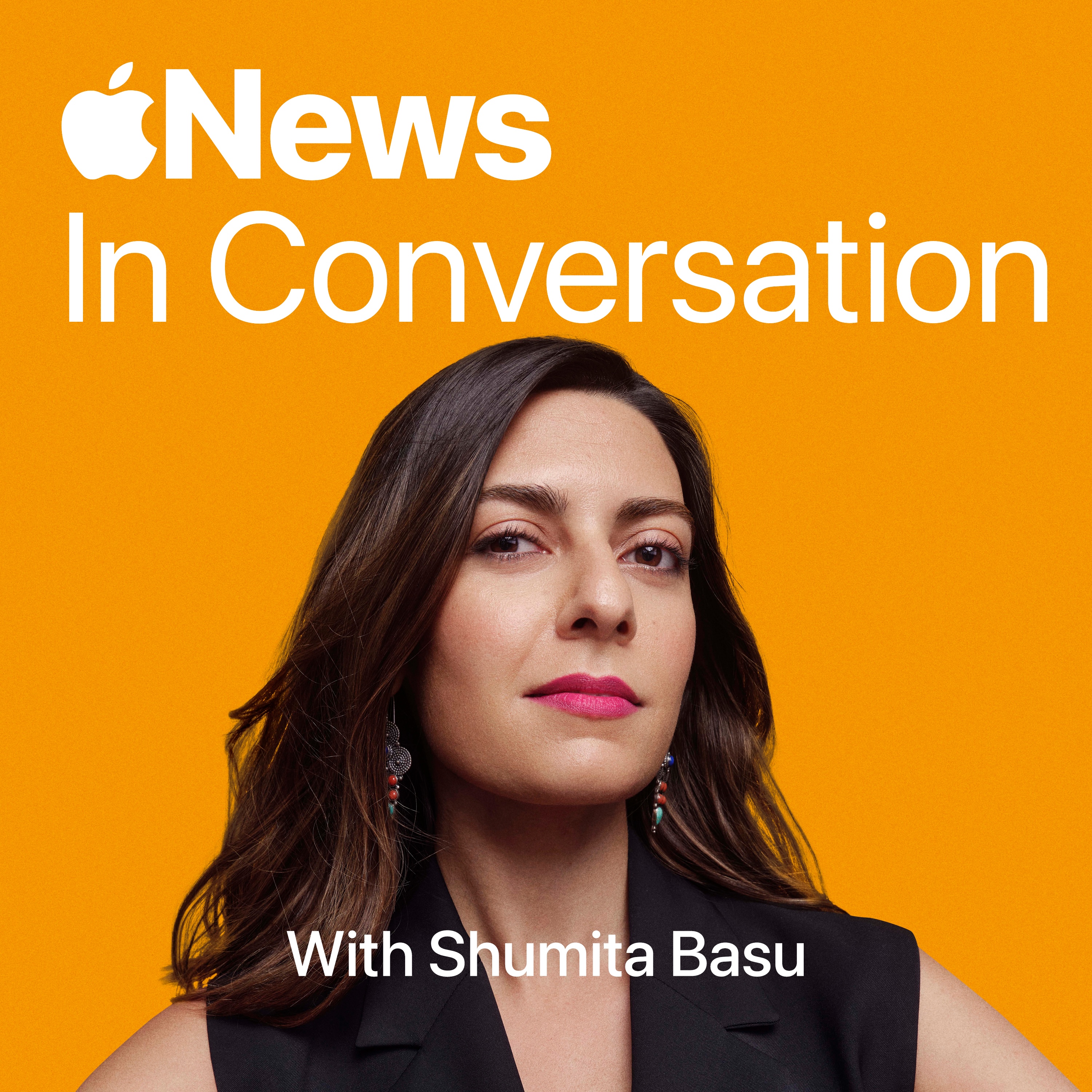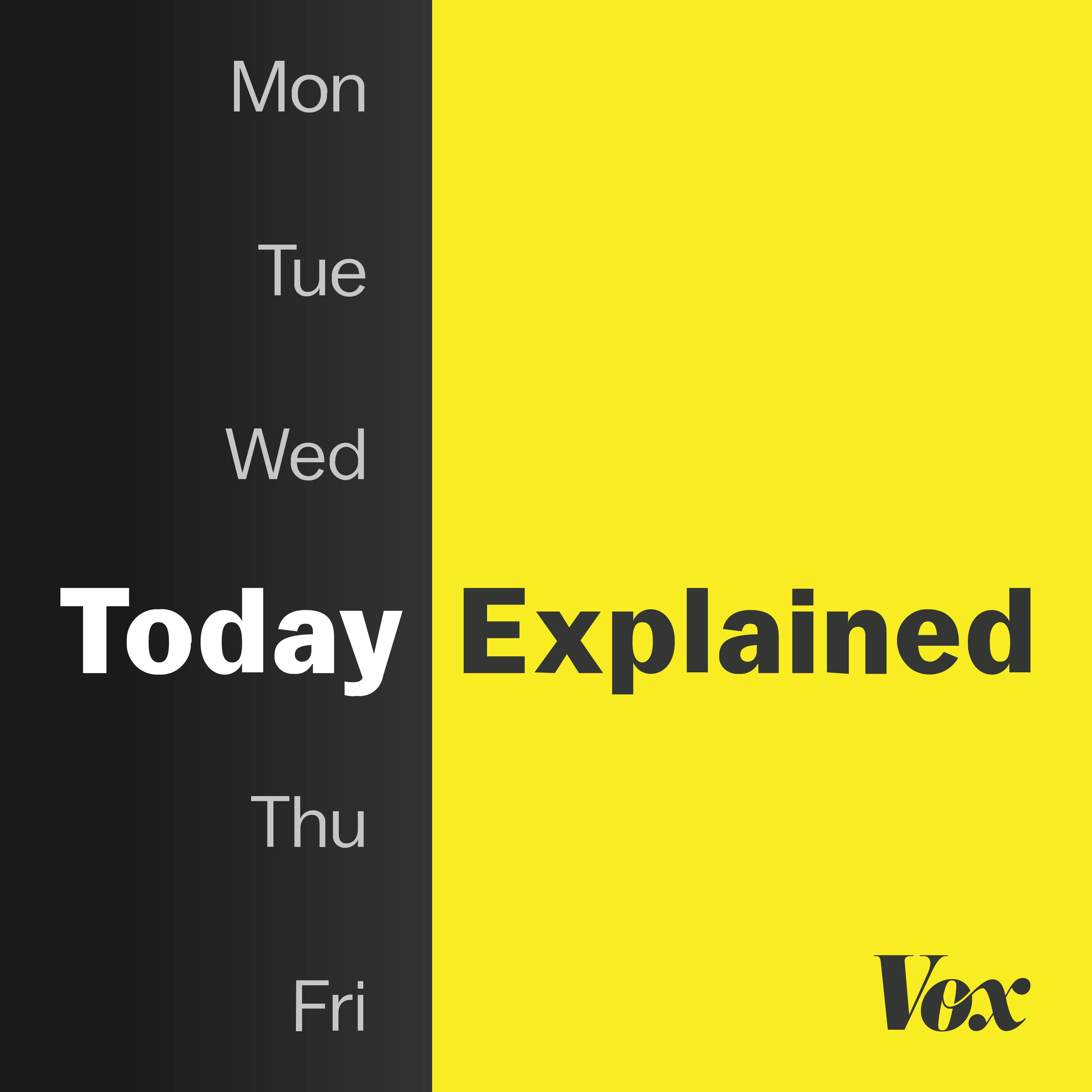
Fully Modulated
Fully Modulated is a documentary-style podcast that takes you behind the scenes of broadcast technology. From emergency alerts to digital signals and everything in between, the show explores how it all works and who keeps it running.
Hosted by Tyler Woodward, a seasoned broadcast engineer, each episode breaks down complex systems into clear, engaging stories. Whether you're deep in the industry or just curious about how media gets to your screen or speakers, Fully Modulated delivers real insight without the jargon.
Fully Modulated
Cable Giants Merge, Local TV Fights Back: Why OTA Still Matters
Cable industry titans are merging, and the consequences for local television could be profound. The $34.5 billion Spectrum-Cox merger and Verizon's $20 billion acquisition of Frontier Communications represent massive shifts that put the future of accessible local broadcasting at risk.
When cable providers and broadcasters clash over retransmission fees, viewers lose access to critical local news, weather updates, and emergency information during blackouts. These disputes have tripled in frequency over the past decade, leaving communities vulnerable and broadcast engineers scrambling to maintain service. For local stations, these fees represent 30-40% of their revenue – essential funding for newsrooms, technology upgrades, and emergency systems.
Amidst this corporate consolidation, over-the-air television remains a powerful, free alternative. An estimated 15-20% of American households regularly use antennas to access local channels without monthly fees or blackout risks. This technology proves especially crucial during emergencies when internet and cable services might fail, yet reliable information is most needed.
The horizon brings both promise and peril with ATSC 3.0 (Next-Gen TV). While offering impressive technical advancements like 4K video and better mobile reception, the FCC's approval of Digital Rights Management encryption threatens the very concept of free television. This controversial decision could create paywalls for content that has historically been freely accessible to all.
For broadcast engineers like myself, these challenges represent both technical and ethical dilemmas. How do we maintain access for vulnerable populations while adapting to industry changes? How can we preserve the public service mission of broadcasting in an increasingly consolidated marketplace? The answers will shape not just entertainment options, but public safety and community connections for years to come.
Ready to prepare for cable blackouts and take control of your local TV access? Learn more about setting up an antenna and join our community of viewers committed to keeping local broadcasting strong. Share your experiences with cable disputes or OTA success stories – I'd love to hear from you!
-------------------------------
✅ Credits:
Verizon and Disney News Clip is Courtesy of KDKA-TV Pittsburgh/YouTube
Spectrum and Cox merger news clip courtesy of WFAA Dallas/YouTube
-------------------------------
Uppbeat
Get free music for your content! Use my Uppbeat link for extra downloads & perks.
Surfshark VPN
Get 3 free months of Surfshark VPN! Use my link for extra security and savings.
If you enjoyed the show, be sure to follow Fully Modulated and leave a rating and review on Apple Podcasts or your favorite podcast app—it really helps more people discover the show.
Fully Modulated is an independent podcast and website, not affiliated with or endorsed by any station, media company, or network. All opinions are solely my own.
Welcome to Fully Modulated, the podcast where signal meets story, unpacking the broadcast industry for curious listeners and broadcast engineers alike. I'm Tyler Woodward, a senior broadcast engineer for a network of public media stations. Since 2014, I've worked behind the scenes to keep local TV and radio signals strong and reliable, and today I want to talk to you about why local television still matters more than ever. So. Mega mergers like spectrum and cox are shaking up the cable tv world, threatening access to channels we rely on every day for news, weather and emergency alerts. But beyond the corporate headlines lies a story about engineers who keep our local stations on the air and the viewers who might lose access when negotiations fail. And there's a new twist coming with the next generation of TV technology ATSC 3.0. That could change what free TV even means. So let's dive in and explore why local over-the-air TV remains the best bet to stay connected, even as the cable industry changes around it.
Speaker 1:The cable tv industry is consolidating fast. The proposed 34.5 billion dollar merger between spectrum and cox, two of the largest cable providers, would create a giant with tremendous bargaining power over local TV broadcasters. This matters because local stations rely on cable companies to retransmit their signals, and those retransmission agreements are often tense negotiations over fees. When talks break down, viewers get caught in the middle as cable providers pull local channels in what's called a channel blackout. These blackouts are no small inconvenience. Local news stations provide vital information, from weather updates to breaking news and emergency alerts. When the local channel disappears from your cable lineup, you lose access to trusted voices in your community, and it's not just the viewers who feel the pain. Local TV engineers scramble behind the scenes to manage the fallout, from troubleshooting false technical issues to coordinating alternative messaging. Retransmission fees the payments cable companies make to broadcasters for their signals are a critical revenue source for the local stations. When disputes drag on, those fees dry up, sometimes forcing budget cuts that impact everything from newsroom staffing to technical infrastructure. A merger that gives cable providers more power risks making these disputes longer and more frequent, putting local TV stations and the engineers who keep them running under strain.
Speaker 1:Historically, re-transmission disputes have caused significant disruptions. Retransmission disputes have caused significant disruptions. For example, in 2023, charter Communications, spectrum's pairing company, dropped Disney-owned channels, including local ABC affiliates, for 10 days. Millions of viewers suddenly lost access to their favorite shows and local news during those blackouts. Cox Communications has been involved in several standoffs with broadcasters like Tegna, no-transcript. These disputes often involve high stakes. Cable companies want to keep fees low to control cost, while broadcasters argue that retransmission fees help fund quality local programming. With a merged spectrum in Cox, the cable provider would control a larger share of the market, reducing competition and likely increasing their leverage. At the negotiating table, this can mean tougher standoffs and longer blackouts.
Speaker 1:Adding to this landscape is Verizon's recent move to acquire Frontier Communications for $20 billion. This acquisition aims to expand Verizon's fiber network and enhance its competitive position against rivals such as AT&T. Frontier, with 2.2 million fiber subscribers across 25 states, will combine with Verizon's 7.4 million VOS connections. The deal is projected to yield $500 million in annual cost savings by the third year and augment Verizon's revenue and profit.
Speaker 1:According to the National Association of Broadcasters, retransmission consent fees make up roughly 30-40% of revenue for many local stations Critical money that funds local newsrooms, technology upgrades and emergency alert capabilities. A prolonged blackout can cost stations millions in lost fees, millions and lost fees. Industry analysts warn that cable consolidation reduces competition, which historically kept retransmission fees in check. With fewer cable companies, negotiating broadcasters may face a take-it-or-leave-it approach or worse, cable providers might be more willing to pull channels, knowing viewers have fewer alternatives. Data also shows a growing number of retransmission disputes. In the last decade, the FCC reported an increase from fewer than 10 major disputes in 2010 to more than 40 annually by the early 2020s, reflecting a rise in tension as fees have climbed. The proposed Spectrum and Cox merger would likely accelerate this trend.
Speaker 2:It's the clash of the cable titans cable provider Verizon and Disney Media Networks, the parent company of some of the most popular cable channels, including ESPN. The current agreement between Verizon and Disney runs out at the end of the year and the two sides are having a hard time reaching an agreement.
Speaker 1:When cable disputes cause blackouts, over-the-air or OTA TV is the reliable lifeline that viewers often overlook. Ota signals come directly from local stations to a simple TV antenna in your home, bypassing cable or satellite companies entirely. This means your access to local news, weather and emergency alerts is unaffected by corporate battles over retransmission fees. Unlike cable, ota TV is completely free, with no monthly bills, contracts or complicated equipment. That simplicity and independence makes it a more powerful hedge against the disruption caused by cable mergers and blackouts. Millions of viewers still rely on OTA signals, especially in rural areas or for those looking to cut costs. With the growing uncertainty in the cable world, many people are rediscovering OTA TV's value. Even with a basic antenna, viewers can get a crisp, high-definition broadcast of their local channels and critical emergency information during severe weather or other crises. The reliability of OTA TV during emergencies cannot be overstated. Broadcasters are required by law to maintain over-the-air signals to ensure universal access to emergency alerts, like the Emergency Alert System, during disasters. When cable systems might fail or blackouts occur, ota TV can provide life-saving information From hurricanes to wildfires.
Speaker 1:Ota broadcast don't rely on the internet or third-party infrastructure that might be compromised during an emergency. For the broadcast engineers, maintaining a strong OTA signal is a core priority, ensuring that the local transmitter is always on, compliant with FCC rules and able to deliver clear reception to all corners of their market. This technical commitment supports public safety and keeps the community connected. Research by Nielsen estimates that about 15 to 20 percent of American households regularly use OTA TV as their primary or secondary source of local channels, a number that has grown with cord-cutting trends. The FCC reports that over 70 percent of households can receive at least five major network OTA channels with a good antenna. Recent surveys show that consumers cite free access to local news and reliability during emergencies as top reasons to keep or add OTA channels, even as streaming and cable options expand.
Speaker 3:Two of America's largest cable companies are merging. Privately held Cox Communications is combining with charter communications, which operates under the name spectrum. The reported 34 and a half billion dollar deal could create a mega tv and internet provider.
Speaker 1:The new company if you're finding this episode useful, please take a moment to like, follow, share and also rate and review. Fully Modulated, it helps more curious minds find the show. Thanks for supporting independent broadcast storytelling. Now let's talk about ATSC 3.0, drm and what the future holds for free TV. Atsc 3.0, also called Next-Gen TV, is the latest over-the-air broadcast standard. It offers incredible improvements like 4K video, immersive sound, better mobile reception and even interactive features. At its core, it combines traditional broadcasting with the Internet Protocol technology, opening up all sorts of new possibilities for content delivery.
Speaker 1:But the FCC's decision to allow broadcasters to apply Digital Rights Management encryption to ATSC 3.0 signals is stirring a bit of controversy. Drm means some OTA broadcasts could be encrypted and require special hardware or subscriptions to access, potentially ending the era of truly free, open over-the-air TV. This shift could fundamentally change how people access local TV, creating paywalls and restricting access, something unheard of in the history of free TV. It's a move that some critics call short-sighted, risking the very public service nature of broadcast TV. Broadcasters see DRM as a way to monetize their signals through subscriptions or targeted advertising, blending OTA and broadband models. But this comes at a cost to consumers, who expect free, universal access to local news and those emergency alerts. If OTA signals become locked behind DRM, viewers might have to buy new receivers or pay fees just to watch local channels. This undermines the reliability and simplicity that has kept OTA TV relevant for all these decades, especially for vulnerable populations who depend on those free TV signals. The prospect of fragmented OTA TV, where some stations are free and others are encrypted, raises serious questions about how broadcasters, regulators and broadcast engineers will adapt to preserve public access and emergency alerting capabilities.
Speaker 1:The FCC's approval of DRM for ATSC 3.0 happened back in 2020, with broadcasters slowly beginning to roll out encrypted signals for certain content. Consumer advocacy groups have expressed concerns that widespread DRM could reduce OTA viewership and increase digital divide issues. A 2023 Consumer Reports survey found that 62% of OTA viewers want to keep free access to local TV and are wary of subscription models creeping in to free broadcast. So to recap, cable mergers like Spectrum and Cox are consolidating power and increasing the risk of local channel blackouts that frustrate viewers and put pressure on stations and engineers alike. The Verizon and Frontier merger adds another layer to this consolidation, potentially impacting the dynamics of retransmission agreements and viewer access.
Speaker 1:But over-the-air TV remains a dependable, free and contract-free way to keep local news, weather and emergency alerts flowing directly into your home, bypassing cable disputes entirely. But over-the-air TV remains a dependable, free and contract-free way to keep local news, weather and emergency alerts flowing directly into your home, bypassing cable disputes entirely. For engineers, maintaining strong OTA signals is a public service and a technical challenge that keeps communities connected. Looking forward, atsc 3.0 offers exciting technological upgrades, but also poses new risks to free TV because of the FCC's decision to allow DRM encryption. This could change the very nature of what free local TV means and who has access to it.
Speaker 1:I hope this episode gives you a clearer picture of why local TV is still vital in a world of mega mergers and why we all need to stay vigilant about the future of free over-the-air broadcasts. If you've got questions or stories about your experiences with OTA TV or those pesky cable blackouts, text me or send me a message using the link in the episode description. I love hearing from fellow engineers and curious listeners alike. If you enjoyed this episode, please like, follow, share and rate and review. Fully Modulated. It helps others find the show. You can also become a modulator by supporting the show for as little as $3 a month at fullymodulatedcom. Your support keeps this podcast growing and the signal strong. Thanks for listening. This concludes our broadcast day. Click.

